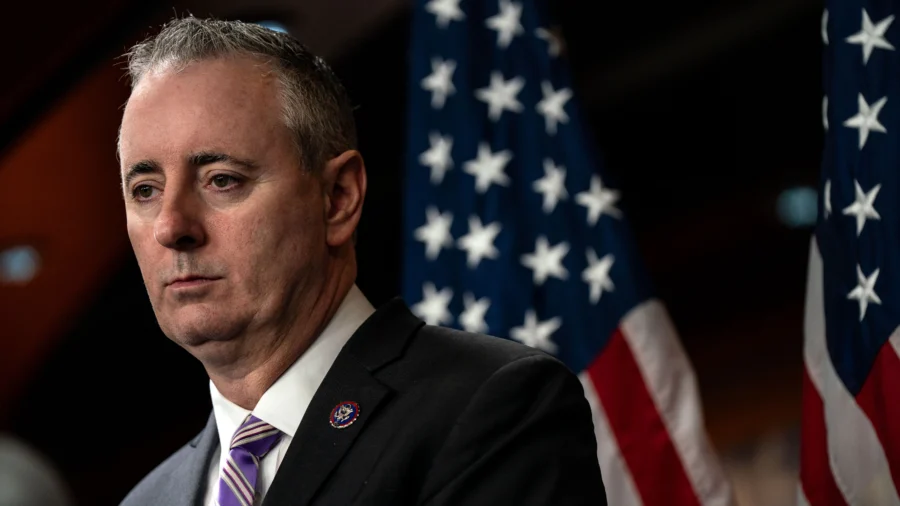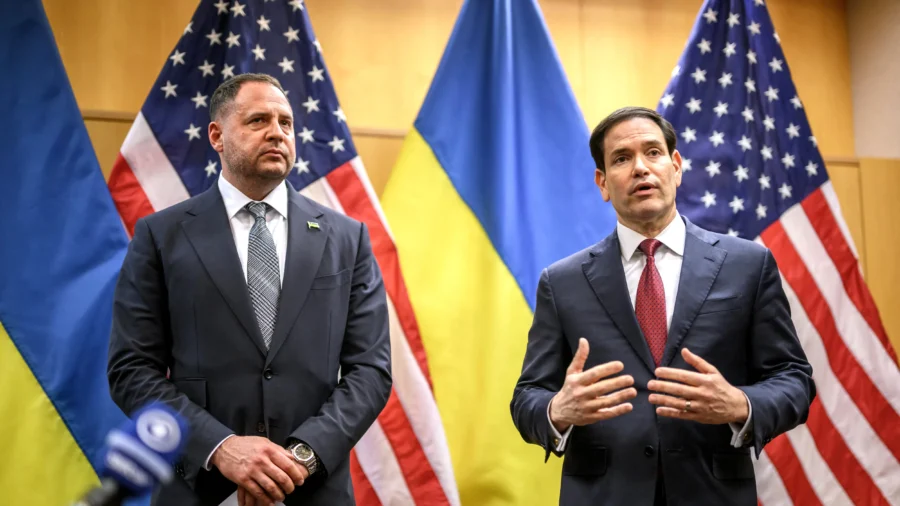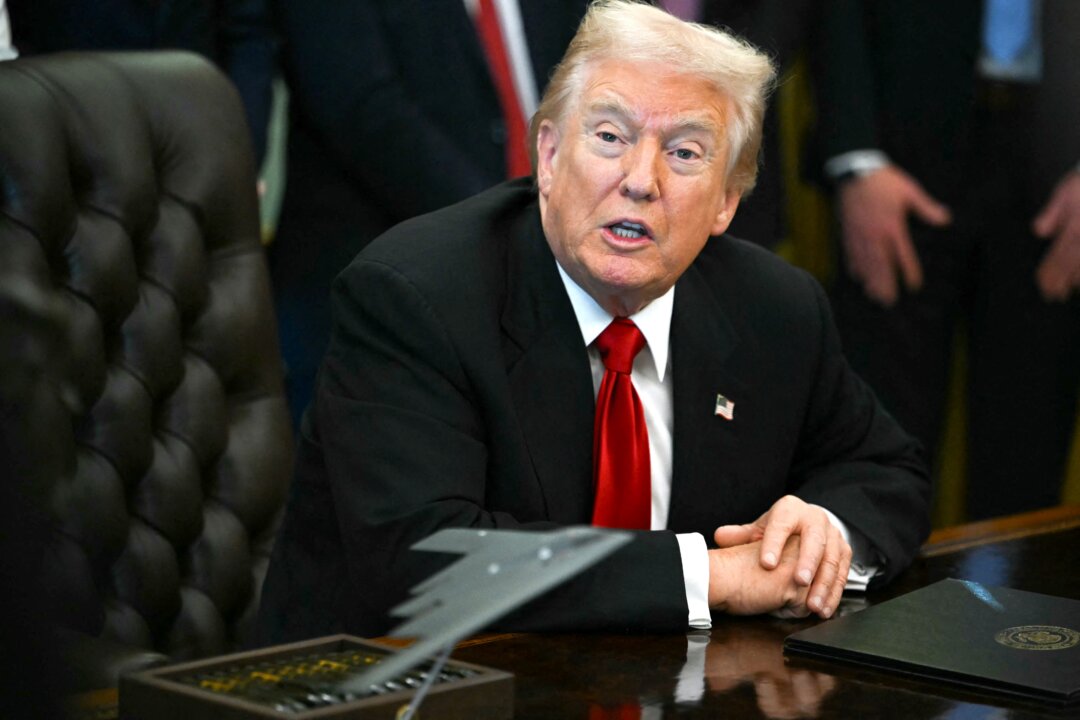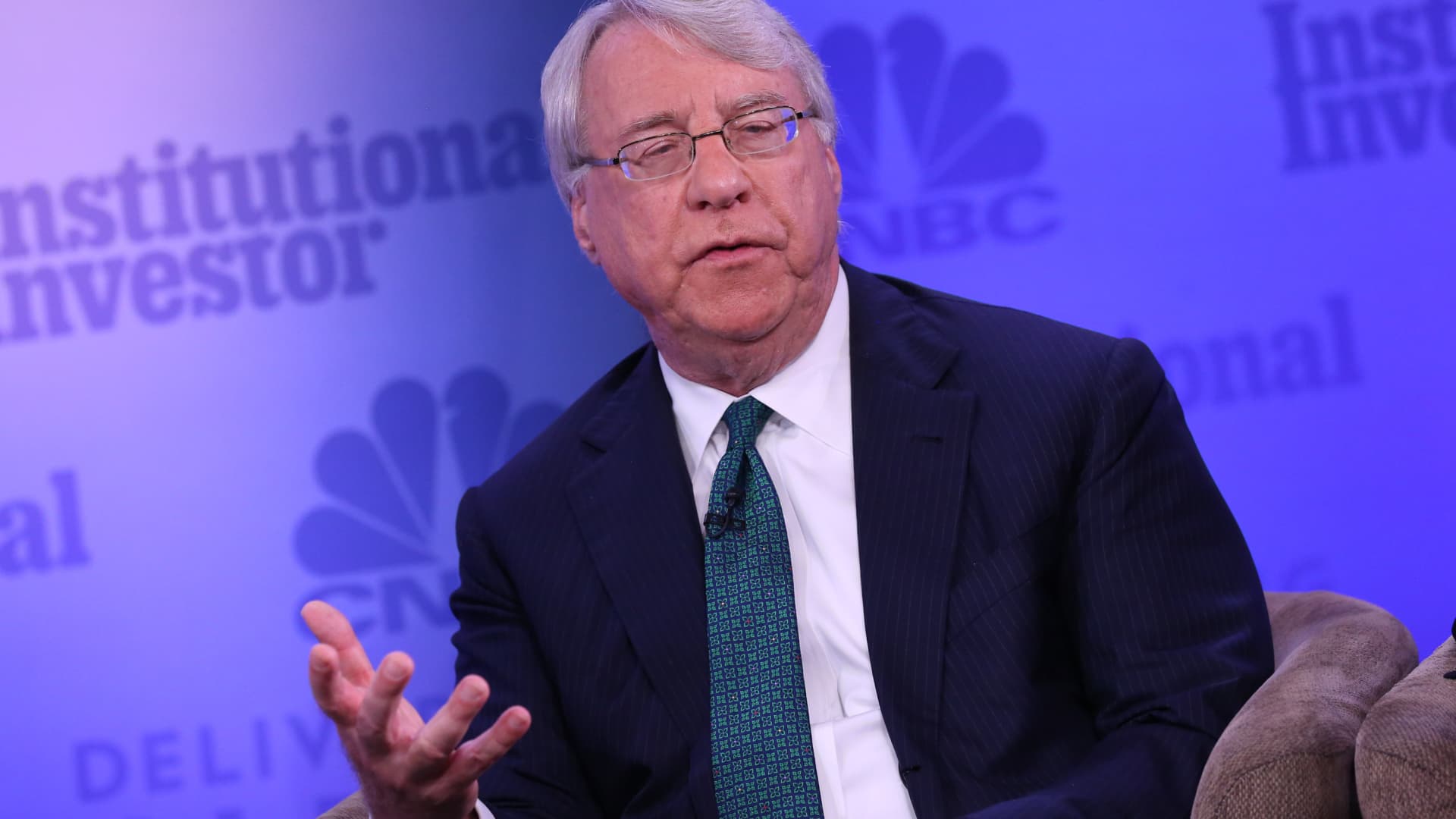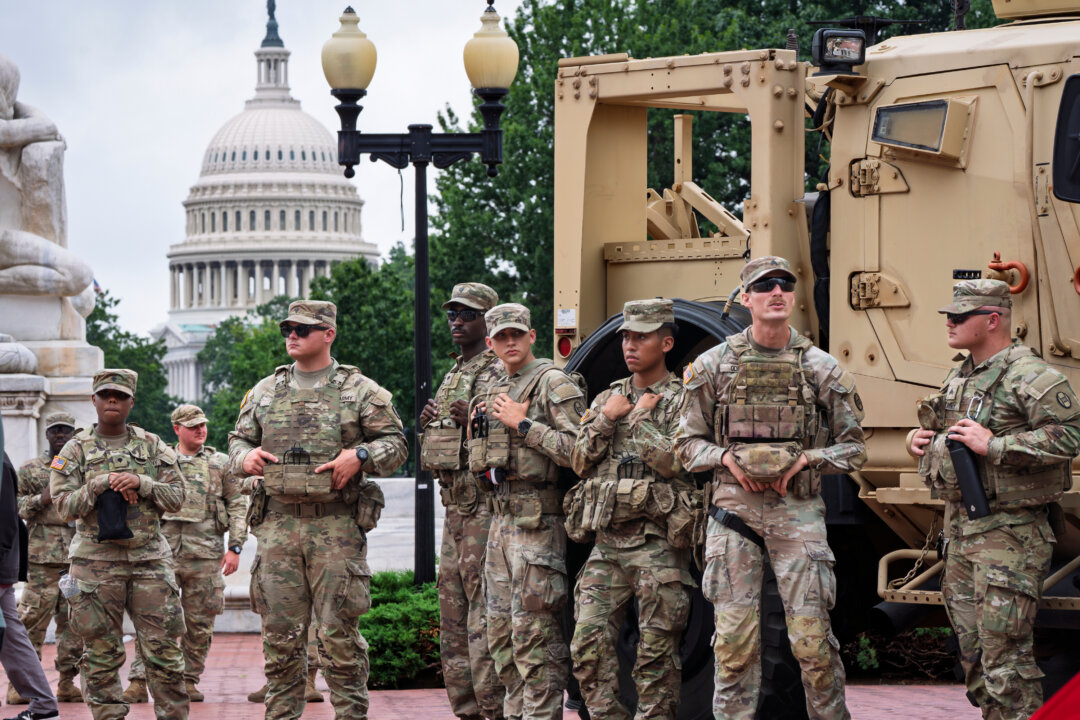PM Modi to hoist saffron flag at Ram Mandir in Ayodhya: How he broke the ‘secular taboo’ and normalised civilisational pride in public life
For decades after Independence, India’s political class lived inside a carefully manufactured taboo: that holders of constitutional office must behave like cultural orphans. Prime Ministers were expected to be embarrassed by temples, Presidents were advised to treat rituals as political liabilities, and lawmakers were trained to treat Bharat’s civilisational identity as something to be hidden, diluted, ashamed of or apologised for. PM Modi did not merely challenge this taboo. He obliterated it. His upcoming visit to Ayodhya on November 25, where he will ceremonially hoist the saffron flag atop the shikhar of the Ram Janmabhoomi Temple, is not just a religious event. It is a civilisational statement. A democratically elected Prime Minister openly participating in the spiritual life of his civilisation is no longer scandalous. And that psychological shift, more than any election, more than any policy, is one of Modi’s most under-acknowledged political achievements. The manufactured shame of public faith Independent India did not inherit only the British administrative system, but also a deeply entrenched colonial contempt for native spirituality. Over time, post-1947 political elites, shaped by Western left-liberal frameworks and Marxist historiography, transformed “secularism” into something alien to the Indian ethos. In practice, this meant Hindu symbols were treated as politically dangerous, Hindu rituals were framed as regressive, and Hindu identity in public life was either downplayed or actively erased. Asserting Hindu identity, especially by an elected representative, was dismissed and discredited as ‘rising communalism’ or even worse, ‘an advent of sinister majoritarianism’. A Prime Minister inaugurating dams and factories was celebrated as modern and progressive, while a Prime Minister indulging in piety or performing a yajna was instantly branded “communal”. A Hindu Chief Minister donning a skullcap was hailed as a beacon of India’s much-vaunted ‘secularism’, a President visiting churches was applauded as a sign of inclusivity, yet a Governor participating in aarti was criticised as a violation of “constitutional morality”. This hypocrisy was not accidental. It was systemic, carefully engineered to ensure that Hindu civilisational expression remained politically suspect inside its own homeland. Ayodhya symbolism Now, as PM Modi prepares to hoist the saffron dhwaj atop the completed Ram Janmabhoomi Temple, the symbolism is layered and irreversible. For the first time in independent India’s history, the Prime Minister does not behave like a cultural refugee inside his own civilisation. Faith is no longer treated as a weakness or a liability in the practice of governance. Religion and constitutional duty are no longer projected as natural enemies that must exist in permanent tension. Here’s a man who is not shy of wearing his identity on his sleeve and practising his faith openly, without seeking validation from anglicised elites or apologising to leftwing secularists who have long tried to shame Hindus into silence. This moment represents not “majoritarianism”, as critics insist, but civilisational normalisation, an organic correction of an artificial psychological imbalance that was imposed for decades. Sengol installation in the new Parliament The installation of the Sengol in the new Parliament exposed how deeply distorted India’s self-perception had become. The sceptre that symbolised the historic transfer of power from British hands to Bharatiya hands, sanctified by Tamil Shaivite Adheenams, had been reduced to a museum artefact and casually described as nothing more than a “walking stick”. This was not a harmless oversight; it was ideological vandalism. By restoring the Sengol to the heart of the legislature, Modi did far more than honour a forgotten object. He restored the grammar of Dharma to the very idea of Indian statehood. The Vedic chants inside Parliament, the Ganapati Homam before the exercise of legislative power, and the consecration by saints were not attempts to mix religion with the state. They were acts of decolonisation, reclaiming a civilisational consciousness that had been deliberately buried under borrowed Western political frameworks. Faith and Constitution section One of independent India’s most successful intellectual frauds was the false narrative that devotion and democracy were incompatible. Citizens were conditioned to believe that spiritual depth made leaders undemocratic, that faith made governance unconstitutional, and that reverence for civilisational identity somehow translated into political extremism. PM Modi’s open and unapologetic religiosity shattered this artificial binary. By meditating in Kedarnath caves, performing rituals at Badrinath, participating in Ayodhya ceremonies, and allowing Vedic rites inside Parliament, he demonstrated that the Indian Constitution does not demand cultural amnesia. It does no
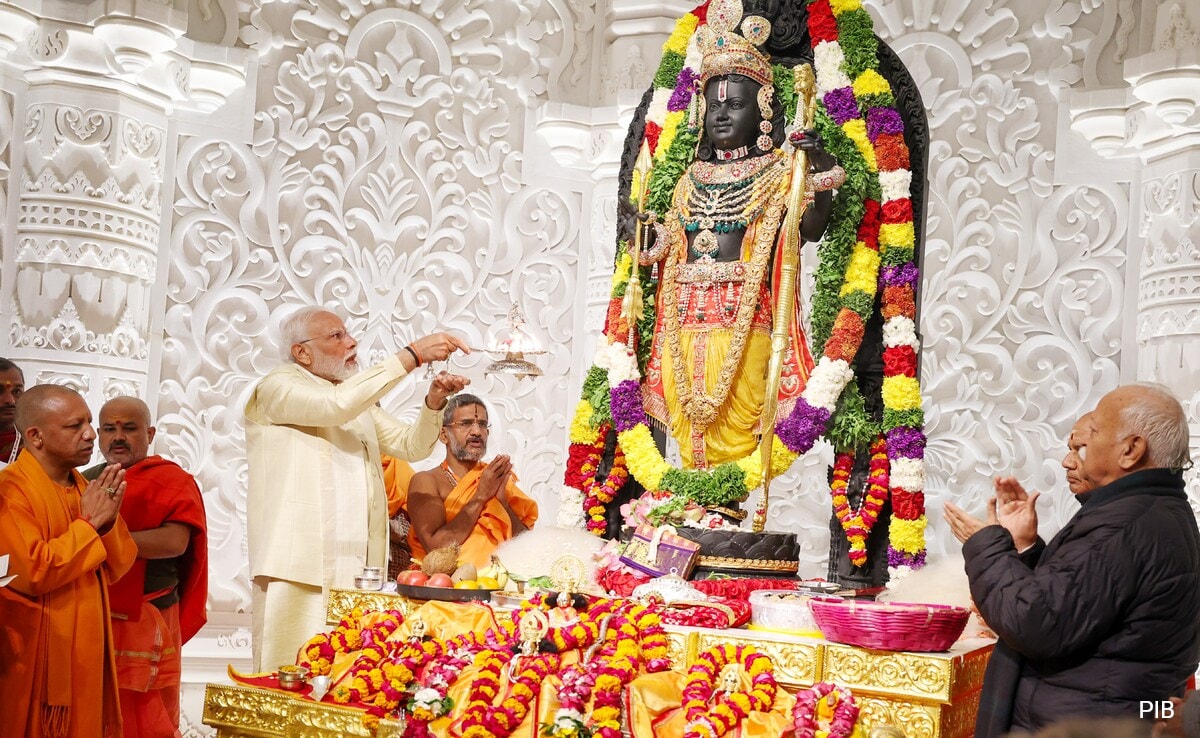


For decades after Independence, India’s political class lived inside a carefully manufactured taboo: that holders of constitutional office must behave like cultural orphans. Prime Ministers were expected to be embarrassed by temples, Presidents were advised to treat rituals as political liabilities, and lawmakers were trained to treat Bharat’s civilisational identity as something to be hidden, diluted, ashamed of or apologised for.
PM Modi did not merely challenge this taboo. He obliterated it.
His upcoming visit to Ayodhya on November 25, where he will ceremonially hoist the saffron flag atop the shikhar of the Ram Janmabhoomi Temple, is not just a religious event. It is a civilisational statement. A democratically elected Prime Minister openly participating in the spiritual life of his civilisation is no longer scandalous. And that psychological shift, more than any election, more than any policy, is one of Modi’s most under-acknowledged political achievements.
The manufactured shame of public faith
Independent India did not inherit only the British administrative system, but also a deeply entrenched colonial contempt for native spirituality. Over time, post-1947 political elites, shaped by Western left-liberal frameworks and Marxist historiography, transformed “secularism” into something alien to the Indian ethos.
In practice, this meant Hindu symbols were treated as politically dangerous, Hindu rituals were framed as regressive, and Hindu identity in public life was either downplayed or actively erased. Asserting Hindu identity, especially by an elected representative, was dismissed and discredited as ‘rising communalism’ or even worse, ‘an advent of sinister majoritarianism’.
A Prime Minister inaugurating dams and factories was celebrated as modern and progressive, while a Prime Minister indulging in piety or performing a yajna was instantly branded “communal”. A Hindu Chief Minister donning a skullcap was hailed as a beacon of India’s much-vaunted ‘secularism’, a President visiting churches was applauded as a sign of inclusivity, yet a Governor participating in aarti was criticised as a violation of “constitutional morality”. This hypocrisy was not accidental. It was systemic, carefully engineered to ensure that Hindu civilisational expression remained politically suspect inside its own homeland.
Ayodhya symbolism
Now, as PM Modi prepares to hoist the saffron dhwaj atop the completed Ram Janmabhoomi Temple, the symbolism is layered and irreversible. For the first time in independent India’s history, the Prime Minister does not behave like a cultural refugee inside his own civilisation. Faith is no longer treated as a weakness or a liability in the practice of governance. Religion and constitutional duty are no longer projected as natural enemies that must exist in permanent tension.
Here’s a man who is not shy of wearing his identity on his sleeve and practising his faith openly, without seeking validation from anglicised elites or apologising to leftwing secularists who have long tried to shame Hindus into silence.
This moment represents not “majoritarianism”, as critics insist, but civilisational normalisation, an organic correction of an artificial psychological imbalance that was imposed for decades.
Sengol installation in the new Parliament
The installation of the Sengol in the new Parliament exposed how deeply distorted India’s self-perception had become. The sceptre that symbolised the historic transfer of power from British hands to Bharatiya hands, sanctified by Tamil Shaivite Adheenams, had been reduced to a museum artefact and casually described as nothing more than a “walking stick”. This was not a harmless oversight; it was ideological vandalism.
By restoring the Sengol to the heart of the legislature, Modi did far more than honour a forgotten object. He restored the grammar of Dharma to the very idea of Indian statehood. The Vedic chants inside Parliament, the Ganapati Homam before the exercise of legislative power, and the consecration by saints were not attempts to mix religion with the state. They were acts of decolonisation, reclaiming a civilisational consciousness that had been deliberately buried under borrowed Western political frameworks.
Faith and Constitution section
One of independent India’s most successful intellectual frauds was the false narrative that devotion and democracy were incompatible. Citizens were conditioned to believe that spiritual depth made leaders undemocratic, that faith made governance unconstitutional, and that reverence for civilisational identity somehow translated into political extremism.
PM Modi’s open and unapologetic religiosity shattered this artificial binary. By meditating in Kedarnath caves, performing rituals at Badrinath, participating in Ayodhya ceremonies, and allowing Vedic rites inside Parliament, he demonstrated that the Indian Constitution does not demand cultural amnesia. It does not require Prime Ministers to become atheists, nor does it outlaw spiritual rootedness. Modi simply exercised rights that every Indian citizen already possesses, and he did so without embarrassment. That is what truly unsettled the old ecosystem.
Reclaiming Bharat
The modern Indian Republic was constructed with institutions, but it was deliberately stripped of civilisational confidence. Over time, the state stopped viewing itself as the inheritor of an ancient and living civilisation and instead behaved like a post-colonial entity uncertain of its own legitimacy. This imposed amnesia was not natural; it was cultivated.
Modi reversed that psychological trajectory. The Kashi Vishwanath Corridor redevelopment, the reconstruction of Kedarnath, the Ram Temple in Ayodhya, and the installation of Sengol in Parliament are not isolated acts of cultural symbolism. They represent an underlying civilisational reorientation. Bharat is no longer pretending to be a rootless republic born in 1950. It is rediscovering continuity with a civilisation that predates all colonial and ideological impositions.
Modi as practitioner
Before assuming office, Narendra Modi was a practising and observant Hindu, and that identity did not disintegrate when he entered public life. Unlike leaders who performed rituals awkwardly for political optics or limited their faith to election-season photographs, Modi’s religiosity is lived rather than staged. It is embedded in discipline, routine, and personal conviction.
When he worships, it does not come across as signalling. When he fasts, it does not appear calculated. When he chants, it does not seem tactical. This authenticity has deeply unsettled those who built careers portraying Hindu spirituality as politically dangerous. Because Modi did not merely display faith; he normalised it in the highest office of the land.
Shifting the Overton Window
Perhaps Modi’s most underestimated achievement is not administrative or electoral, but psychological. He shifted the Overton window of what is considered socially and politically acceptable in Indian public life. Two decades ago, the idea of a Prime Minister chanting Vedic mantras inside Parliament would have triggered constitutional panic. Today, it is increasingly perceived as normal.
Earlier, a Prime Minister openly participating in temple rituals would be framed as polarising. Today, it is increasingly recognised as authenticity. This shift did not occur through speeches or messaging alone. It happened through consistency, conviction, and the legitimacy of popular mandate, which forced the old narrative frameworks to collapse.
Healing a wounded civilisation and ending the imported shame
The Ram Mandir was never just about stone, mortar, or architecture. It was about collective memory, historical humiliation, and civilisational survival. It told a civilisation that: Your memory matters. Your wounds were real. Your struggle was not illegitimate. For centuries, Indic civilisation endured systematic cultural assault, through iconoclasm, invasions, colonial exploitation, and later, ideological suppression by post-Independence elites.
Through his actions, PM Modi has created a new unspoken pact between the Indian state and its people. Under this pact, people will no longer have to be ashamed of their faith. They will not have to hide their identity, and they will not have to apologise for following their traditions and rituals. And in return, the state will no longer act like an alienated power structure.
This is not a theocracy. This is a civilisation remembering itself.
The Pran Pratishtha of Ram Lalla was not the culmination of a movement. It was the beginning of psychological repair. It told a long-silenced civilisation that its trauma was real, its memory was legitimate, and its perseverance was not in vain. It marked the slow reversal of enforced civilisational shame.
The taboo is dead. The civilisation is awake.
PM Modi has not fused religion with the state. He has restored honesty between the state and the civilisation it governs. Faith is no longer treated as something that must be hidden behind closed doors. Cultural identity is no longer something to be apologised for. Governance is no longer spiritually embarrassed.
The taboo that public representatives must be culturally neutered to be constitutional has been shattered. A Prime Minister hoisting the saffron flag atop the Ram Temple, a Parliament consecrated with Vedic chants, and a symbol of Dharma overlooking legislative power are not regressions. They are civilisational corrections.
The era of imported shame is fading. The civilisation is remembering itself. And the taboo is gone for good.





